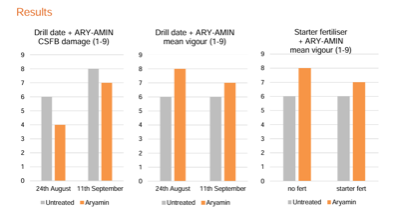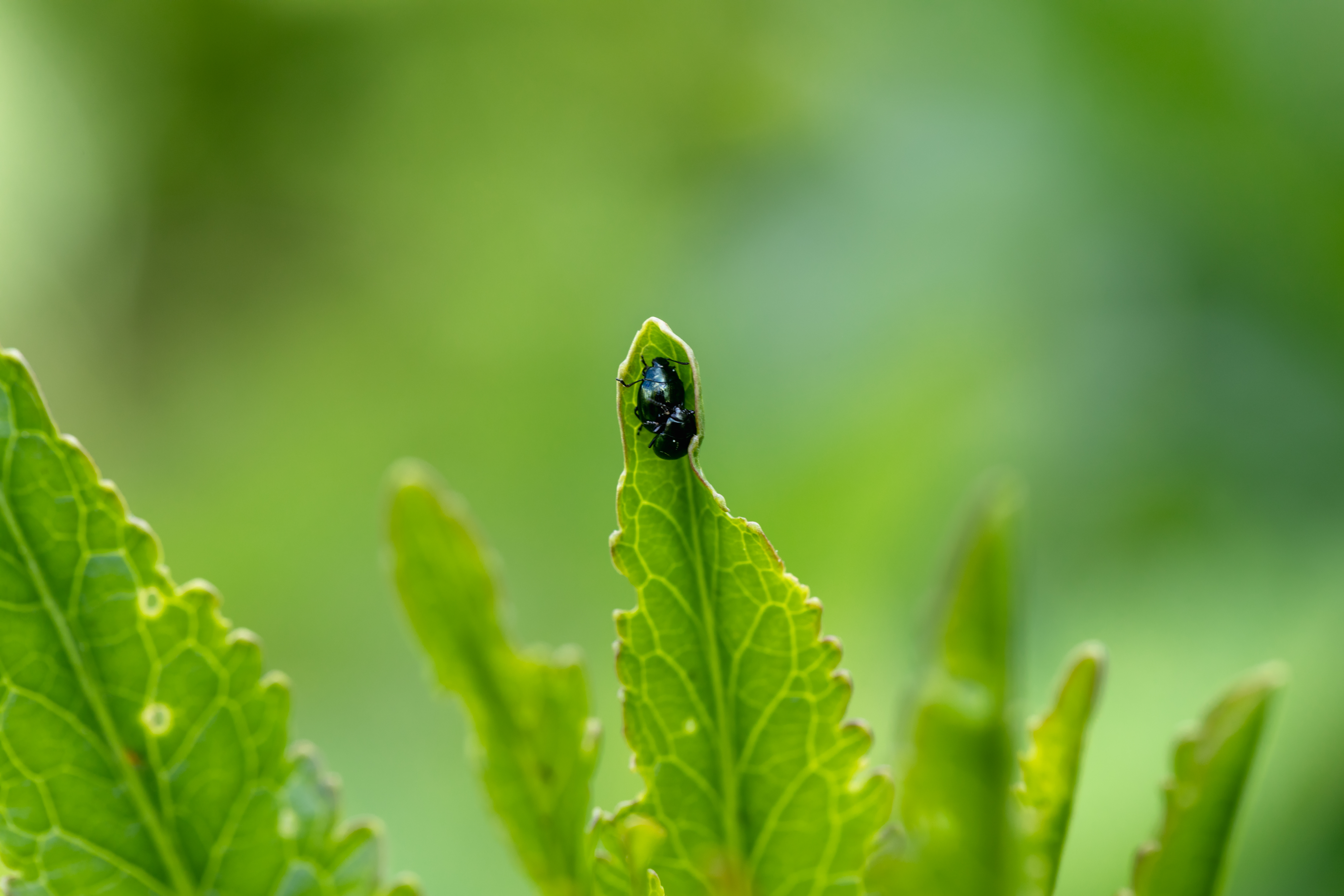The rise in cabbage flea beetle (CSFB) populations has become a significant challenge for UK farmers and growers, especially with the reduction in effective chemical options for oilseed rape (OSR) protection. Historically a problem in the east of England, CSFB has now spread across England, Wales, and even parts of Scotland, causing widespread concern for OSR and cereal crop growers.
Understanding the Threat
CSFB poses a substantial risk to crops, particularly at the emergence stage when young plants are most vulnerable. The pest can destroy a plant’s growing point, leading to significant crop failure. While crops like spring cabbage and kale are at risk, OSR is especially susceptible due to its inability to outgrow the damage caused by adult beetles quickly.
Integrated Pest Management: Timing is Key
Effective pest monitoring is essential to an integrated pest management strategy and understanding the best time to plant OSR can significantly reduce the likelihood of CSFB damage. Here are some crucial considerations:
Early Planting: Planting OSR early, from late July to early August, allows the crop to establish before the peak activity of adult beetles, which typically occurs from late August to September. Early planting results in a more developed plant that can better withstand feeding damage.
Late Planting: Alternatively, planting later, from September onwards, aims to avoid the peak emergence of the flea beetles, reducing initial feeding pressure. However, this comes with the risk of poorer establishment due to cooler and wetter conditions later in the season.
Weather Considerations: Monitoring weather conditions is crucial. Warm and dry conditions favour flea beetle activity, while cooler and wetter conditions can reduce their mobility and feeding.
Local Beetle Pressure: Assessing local beetle pressure is essential. In areas with historically high flea beetle populations, adjusting planting dates and employing other integrated pest management strategies.
The Role of ARY-AMIN in Integrated Pest Management
At UPL, we recommend incorporating ARY-AMIN into your integrated pest management program. This natural growth stimulant is perfect for cereal crops and OSR, aiding in quicker growth and reducing the risk of damage during early emergence.
Benefits of ARY-AMIN:
- Encourages Early Growth: Applying ARY-AMIN from the first leaf stage promotes early foliar growth and helps establish a stable and strong plant architecture.
- Improves Crop Vigour: The tailored formulation supports the crop in growing away and combating the stress associated with larvae feeding damage.
- Enhances Root and Shoot Biomass: Proven trials to improve proline and chlorophyll levels in crop leaf tissue, resulting in increased root and shoot biomass production.
- Supports Post-Winter Growth: Post-winter applications can support stem elongation and mitigate against CSFB larvae damage, improving stem strength and reducing the risk of breakage.
Application Guidelines
The application rates of ARY-AMIN can be adjusted between 2 and 4 litres per ha, depending on conditions. Use higher rates when conditions are most adverse to maximise the product's benefits.

Establishment technique interactions field trial 2018 (Berkshire): ARY-AMIN applied in two applications- 3rd Sept (GS10) & 24th Sept (GS12-14) for early drilling crop, and 24th (GS10) and 2nd Oct (GS11) for later drilling.
By understanding the life cycle of the cabbage stem flea beetle and incorporating ARY-AMIN into your pest management strategy, you can significantly reduce the risk of crop failure and enhance the overall health and yield of your OSR and cereal crops. However, monitoring weather conditions, planting at optimal times, and understanding the lifecycle of the pest is just as essential for achieving robust and resilient crops.
For more information on ARY-AMIN and its benefits, visit UPL's website or contact our team.
